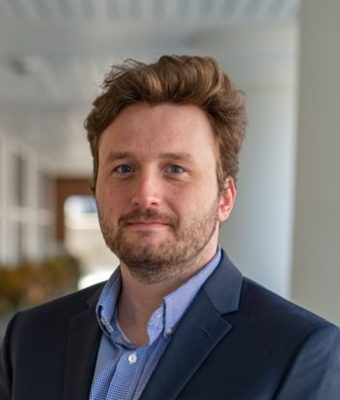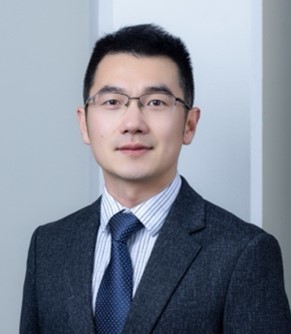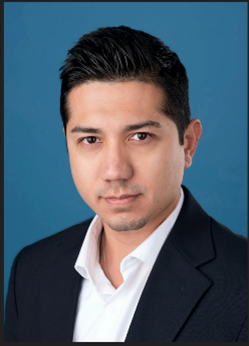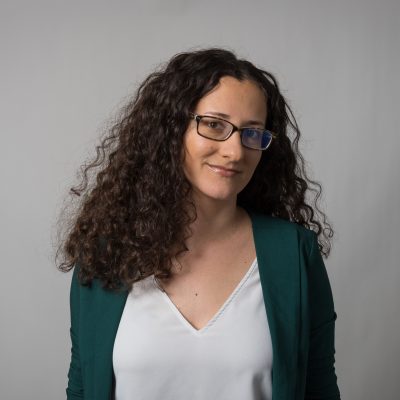
Developing Intelligent Automation for Smart and Sustainable Manufacturing Systems
Date: April 4, 2025; Time: 2:30 PM Location: PWEB 175
Abstract: The current manufacturing paradigm is shifting toward the development of production systems that require greater flexibility and adaptability. To achieve this objective, new system-level control strategies must be developed to control and coordinate different components on the shop floor. This talk will focus on our recent approaches to improving the flexibility and adaptability of manufacturing systems across different levels of automation. First, I will introduce some of our recent work in leveraging artificial intelligence technology to enhance automation-operator interactions on the shop floor. Then, we will generalize these results to the system level and discuss how models and controllers can be developed to improve manufacturing system cooperation, coordination, and performance. Case studies from both simulations and real-world environments will be provided to showcase the exciting possibilities for the future of manufacturing systems.
Biographical Sketch: Ilya Kovalenko is currently an Assistant Professor in the Department of Mechanical Engineering and the Department of Industrial & Manufacturing Engineering at Penn State University. He received both his PhD in Mechanical Engineering (2020) and his MS degree in Mechanical Engineering from the University of Michigan (2018), and his BS degree in Mechanical Engineering from the Georgia Institute of Technology (2015). He was awarded the NSF Graduate Research Fellowship in 2016, the University of Michigan’s College of Engineering Distinguished Leadership Award in 2020, and the NSF CAREER in 2025. His current research interests lie in the areas of control theory, artificial intelligence, and smart manufacturing, with a focus on cooperative control, cyber-physical systems, and robotics.




 Anna Tarakanova
Anna Tarakanova